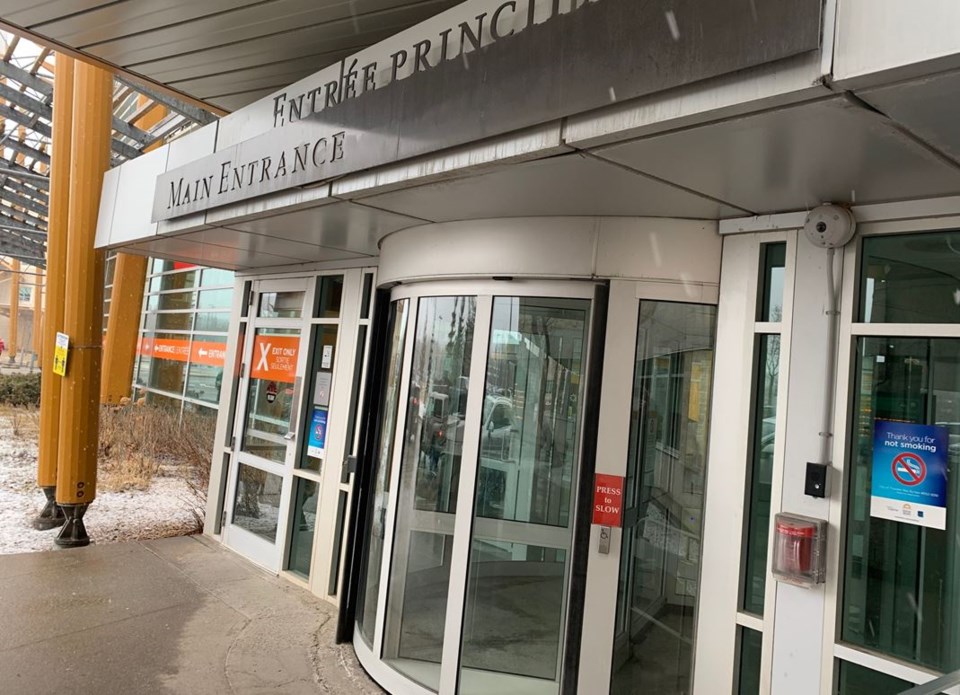THUNDER BAY -- A mix of respiratory illnesses including COVID-19, flu, and respiratory syncytial virus (RSV) continue to impact hospital capacity and staffing absences at the Thunder Bay Regional Health Sciences Centre, though both remain well down from pandemic peaks.
Which of those illnesses is dominant in new presentations at the hospital “seems to change on a weekly basis,” according to chief of staff Dr. Bradley Jacobson.
Admissions have dropped since a surge that peaked in mid- to late-December, he said, but added there are indicators another peak could be on its way.
“Looking at numbers in Southern Ontario, probably within the next week or two, we’ll get a little bit more of a bump in some of these numbers.”
As of Thursday, there were 26 patients admitted to hospital COVID positive, with three in the ICU.
Jacobsen said he believes “the majority if not all” of those COVID-positive patients were admitted due to COVID-19, rather than testing positive incidentally after being admitted for other reasons. Those incidental admissions have sometimes formed the majority of COVID-19 cases at the hospital in the past.
Flu admissions have plateaued and begun to decrease, Jacobson noted.
And while he emphasized people are always welcome to present to emergency if they need care, he urged members of the public to consider other options, including clinics, primary care providers, and Health Connect Ontario (formerly known as Telehealth) before showing up at the hospital.
“We really recommend that people exhaust all other options for mild to moderate illnesses, such as walk-in clinics,” he said. “Our emergency department … has been inundated with volume, and as part of that, you will see increased wait times for mild and moderate illnesses.”
He said while patients with moderately severe conditions continue to make up the bulk of admissions to emergency, the hospital is seeing many people present with mild symptoms as well.
“We do get a high volume of patients that might be able to access other resources,” he said. “Part of that is availability, part is a lack of family physicians available to patients – we have a number of unrostered patients in Thunder Bay and in Northwestern Ontario, so it makes it difficult to access care.”
“Regardless, we’re open 24/7 and we do not turn people away. Just if your illness is less severe, you will be waiting longer to be seen.”
As of Thursday, 64 health care workers at the hospital were absent due to COVID-19 – “cause for some alarm,” said Jacobson.
It’s similar to the situation at the same time last year, when 66 staff were off due to COVID-19 at the beginning of a local Omicron surge that worsened into February.
It’s well below peaks of over 160 absences due to COVID-19 the hospital saw earlier in the pandemic, but Jacobson said anything above 40 begins presenting scheduling difficulties.
